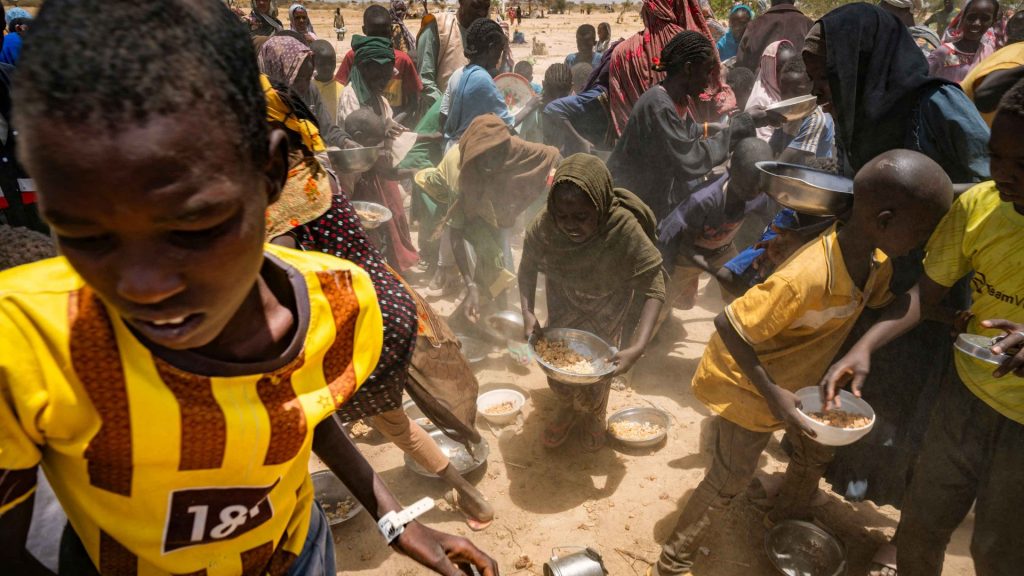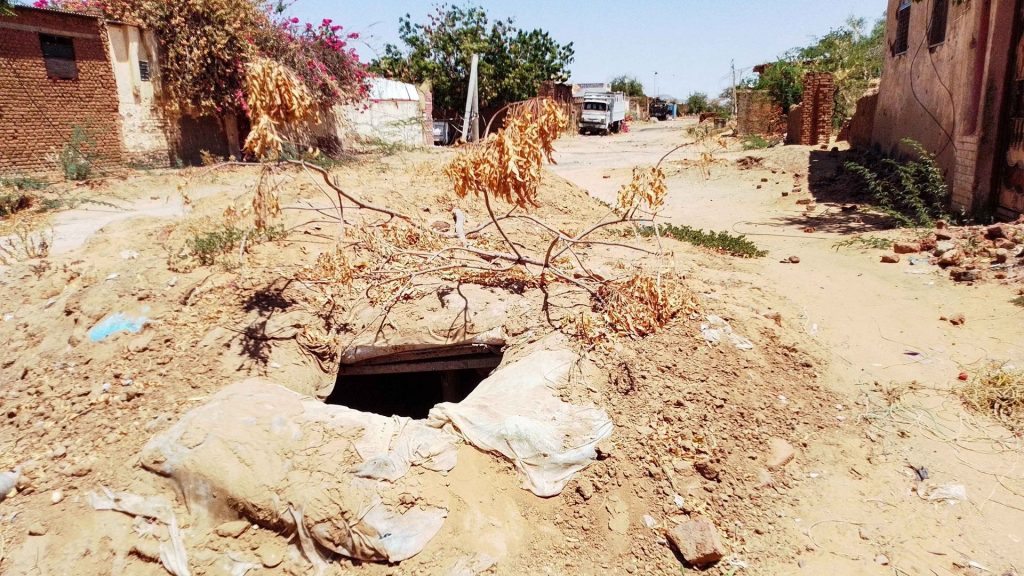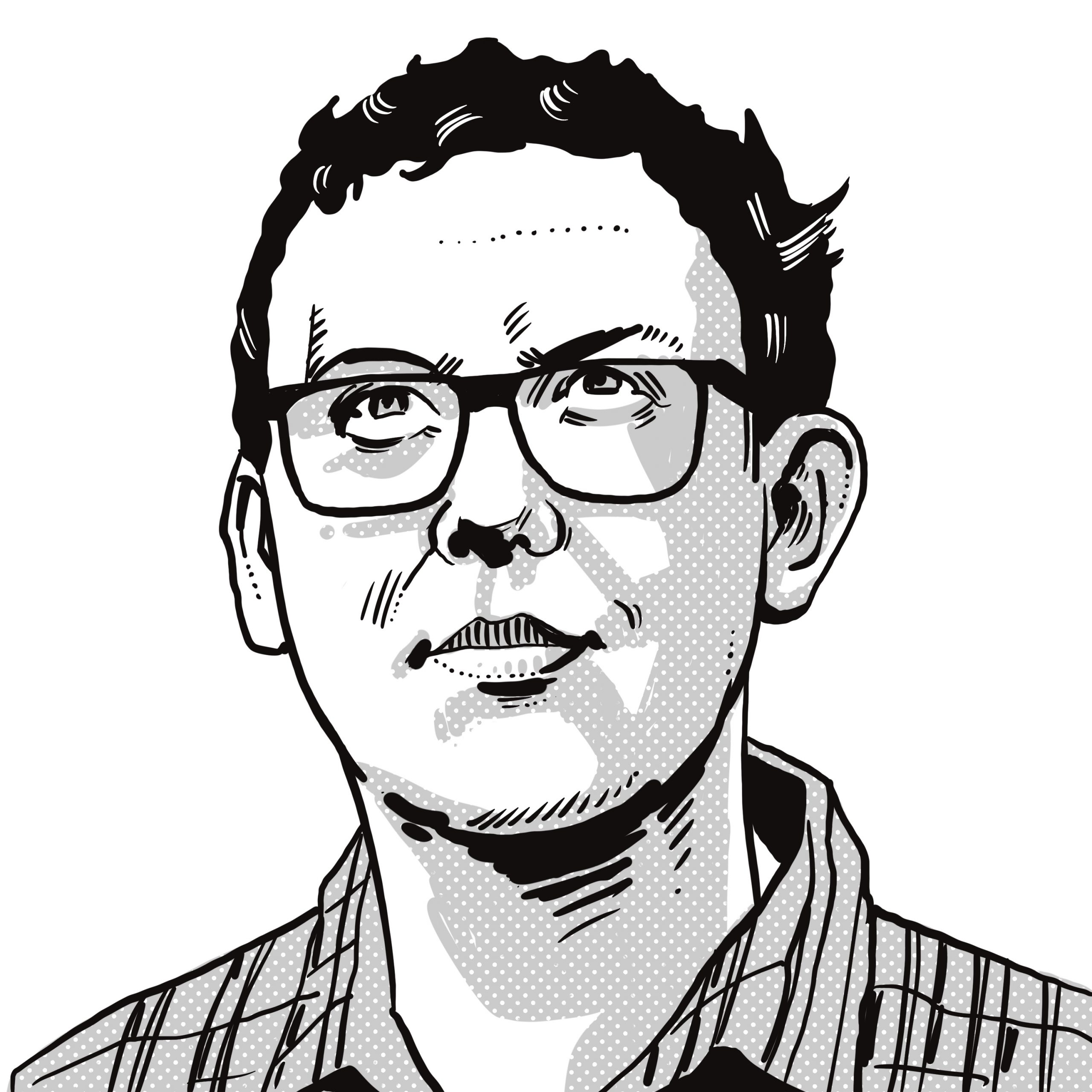The Rapid Support Forces (RSF) besieged El Fasher, in Sudan, for more than five hundred days. Throughout those eighteen months of artillery barrages and drone strikes, people hid in trenches and ate animal feed. There were several declarations of famine, a UN Security Council resolution calling for the end to the siege, and warnings of an impending massacre. After all that noise, when El Fasher finally fell, on 26 October, it did so in a communications blackout.
One of the few sources of information came from videos posted by RSF fighters. In one, Fateh Abdullah Idriss, otherwise known as Abu Lulu, walked next to nine men, who were sitting next to a dirt track, their heads limp, their hands clasped in front of them. He casually shot them all. In another, Abu Lulu is shown telling a civilian, “I will never have mercy on you. Our job is only killing.”
Another video shows a group of young RSF fighters resting on carpets in front of a ruined building. The man recording the video on his phone asks them how many people they have killed. The first says: 115 people. “Mabrook,” says the questioner, meaning congratulations. The second fighter, in sunglasses, confesses he has only killed seventy. The third man says that on the day El Fasher fell, he killed 214 people. He grins.
Satellite photographs of El Fasher show a sudden proliferation of Cs and Js in the landscape – the shapes taken by bodies after they fall, shot, running away. Around the bodies, the landscape is stained red. So much blood had seeped into the ground it was visible from space.
In 2003, a rebellion began in Darfur. Arab militias known as the Janjaweed attacked non-Arab civilians in a counterinsurgency backed by the government of Omar al-Bashir, Sudan’s dictator. They razed settlements, killed en masse, and methodically raped women. Civilians fled these assaults into three enormous camps around El Fasher: Abu Shok, Al Salam, and Zamzam. The Janjaweed became the RSF. The violence has never stopped.
In 2019, Bashir was pushed out of power by a popular uprising and for a moment it looked as if the deeply ingrained racism of the Sudanese state might be overturned. A transitional government, in which civilians shared power with the military, ended in 2021 when the RSF and the Sudanese Armed Forces (SAF) took power in a coup. The two sides soon turned on each other, in a war that began in April 2023, with the RSF forces burning and raping their way through central Sudan.
They soon turned back to Darfur. By December 2023, the RSF had taken almost all the region’s major cities. In El Geneina and Ardamata, in West Darfur, the militia massacred 15,000 civilians. El Fasher, the state capital of north Darfur, remained stubbornly out of their grasp, protected by a coalition of non-Arab rebel groups, self-defence forces, and the SAF’s 6th Division.
Officially, the rebel groups remained neutral until March 2024, when they sided with the army, alarmed by the treatment meted out to non-Arab groups in West Darfur. By May, the RSF had surrounded the city, and began eighteen months of almost incessant shelling. The militia claimed, in a nod to American lingo, that civilians and rebels alike were “enemy combatants.”
Suggested Reading


The metamorphosis of Africa
Food supplies began to run out. The SAF refused to let humanitarian aid into Darfur from Chad, while the RSF blocked supplies into El Fasher. Traders risked their lives by travelling at night to buy food from nearby settlements. The price of onions increased ten-fold. The poorest people were reduced to eating ambaz: the leftover residue from peanut oil mills that is normally used as animal feed. In July, the UN declared a famine was plausible in the Zamzam camp.
The RSF slowly made inroads around El Fasher, forcing civilians to flee. On February 11-12, a month after the Biden administration determined that the RSF was committing genocide in Darfur, the militia entered Zamzam. The camps became killing fields. The RSF stole what they could and small animals they couldn’t take were covered with gasoline and set on fire.
That was just the first attack. In April, the RSF killed more than 1,500 civilians in Zamzam in 72 hours, as it took over the camp. By this time, the city of El Fasher was totally encircled.
Those who could, fled. Being displaced, though, is an expensive business. The RSF charged civilians to leave the camp. More money had to be paid to take a donkey cart to Tawila, some 60km to the southwest. Unable to pay, some tried to walk but died of exhaustion on the way.
Those who remained faced daily bombardment. To survive, they dug trenches, covered with tree branches, zinc sheets, or – if people were lucky – sand-filled sacks. El Fasher’s residents learned that terror has a timetable. They would descend into the trenches before dawn. The bombardments began soon after.

The RSF were also digging in. Satellite photographs from July showed the berms – defensive ridges – they had built around the city. Only one route out of the city remained, heading to Tawila. The traders took mortal risks trying to get past the chokepoints. RSF fighters recorded videos of captured traders being forced to dance, and to lie on the ground making animal noises. Other traders were simply executed. The road to Tawila became known as tariq al-mawt. The road of death.
Siege warfare has persisted through the centuries. In El Fasher, it has been sustained by all-too-contemporary global flows. Almost-daily flights from Bosaso, a port in Puntland that the United Arab Emirates (UAE) was using as a logistics hub, have brought in both matériel and mercenaries. By August 2025, it was clear that the Emiratis, the RSF’s principal backers, would fund the militia’s war effort as lavishly as Sheikh Mansour bin Zayed had outfitted Manchester City.
Those in the trenches of El Fasher grew to know the sounds of Emirati largesse. They could recognise AH-4 howitzers, Katyusha rocket launchers, and Bulgarian and Serbian mortars. British-made targeting devices, sold to the UAE and sent to the RSF, made no noise, but were nonetheless present.
For those in the trenches, it was the Chinese-made CH-95 drones that caused the most terror, as they buzzed incessantly above El Fasher. The drones made people anxious enough to need a cigarette. A cigarette’s glow, though, could alert the drones, and so the residents of El Fasher sat in darkness, silent save for the ceaseless buzzing and the sound of explosions.
By the end of August 2025, the RSF had finished their berms. El Fasher’s 260,000 people were trapped.
At the UN General Assembly in September, all the countries supplying the UAE with military equipment, including the UK and the US, indicated their concern about the situation in El Fasher. In mid-October, the RSF received shiny new electronic defence systems, neutralizing SAF’s drone capacity.
The RSF moved into the northern sectors of El Fasher and Abu Shouk. Thousands fled the city. The RSF alternated its operations between death and profit. In some cases, it separated men from women and children and executed them. Those who survived and got to Tawila spoke of roads lined with corpses. Still others were held hostage, and forced into contacting their families, who were made to pay exorbitant ransoms over mobile banking apps.

As people tried to flee, Algoney Hamdan Dagalo, younger brother of the RSF’s leader, arrived in Washington, DC. Though he has been under US sanctions since October 2024 for procuring weapons for the RSF, he got to hang out in the lobby of the Waldorf Astoria. He was in the capital to discuss an “urgent humanitarian truce.”
As Algoney discussed humanitarianism with American and Emirati officials, the RSF launched its final assault on El Fasher. The SAF and Darfuri rebel groups fled, leaving the civilians to their fate.
RSF soldiers went room-to-room at the Saudi Maternity Hospital, the only partially functioning hospital in the city, shooting the patients. They executed 460 people.
The civilian population of El Fasher is around 244,000. It is unclear how many of them are still alive. The US announced it was gravely concerned about the safety of these civilians. Trump said that the US relationship with the UAE would only get bigger and better.









